Description
ESMODONE-20MG TABLETS
Let’s dive deeper into the details of Esomeprazole Magnesium and its role in managing stomach acid-related conditions.
What is Esomeprazole?
Esomeprazole is a type of drug known as a proton pump inhibitor (PPI). These drugs are specifically designed to block the proton pump in your stomach. The proton pump is responsible for producing stomach acid. By blocking it, Esomeprazole reduces the amount of acid your stomach produces. This is helpful for treating conditions caused by excess stomach acid, such as GERD (gastroesophageal reflux disease), peptic ulcers, and even some conditions that cause gastritis (inflammation of the stomach lining).
Pharmacokinetics (How the Drug is Absorbed, Processed, and Eliminated):
Absorption: After you swallow Esomeprazole, it travels through your digestive system. The drug is absorbed primarily in the small intestine, and it is protected by its enteric coating, which prevents it from breaking down in the stomach’s acidic environment. The medication is then absorbed into your bloodstream and transported to the liver.
Distribution: Once in the bloodstream, Esomeprazole is distributed throughout the body, where it binds to proton pumps in the cells of the stomach lining. These proton pumps are responsible for producing acid.
Metabolism: Esomeprazole is metabolized (broken down) by enzymes in the liver, particularly an enzyme called CYP2C19. Because different people have different levels of this enzyme (due to genetic factors), the rate at which Esomeprazole is broken down can vary. This is why some people may feel the effects more strongly or weakly than others.
Excretion: After it’s metabolized in the liver, Esomeprazole is excreted mainly through the urine, meaning it is eliminated from the body by the kidneys.
Pharmacodynamics (How the Drug Works in the Body):
Mechanism of Action: The key function of Esomeprazole is to block the proton pump, which is the final step in the production of gastric acid. The proton pump is located in the parietal cells of the stomach lining, and when activated, it releases hydrogen ions into the stomach, leading to acid formation. By inhibiting this pump, Esomeprazole drastically reduces the amount of acid produced in the stomach.
Effect on the Body: This reduction in stomach acid is beneficial for treating conditions where acid is causing harm. For example, in GERD, stomach acid flows backward into the esophagus (acid reflux), causing irritation and sometimes damage. By suppressing the acid, Esomeprazole can heal the esophagus and relieve symptoms like heartburn and discomfort.
Key Uses of Esomeprazole:
Esomeprazole is used to treat several medical conditions related to excess stomach acid, such as:
GERD (Gastroesophageal Reflux Disease): In this condition, the lower esophageal sphincter (a muscle at the top of the stomach) weakens, allowing stomach acid to flow backward into the esophagus. Esomeprazole helps by reducing stomach acid, allowing the esophagus to heal and alleviating the painful symptoms of acid reflux (heartburn).
Peptic Ulcers: Ulcers can form in the stomach or duodenum (the first part of the small intestine) due to excessive stomach acid. Esomeprazole helps heal these ulcers by reducing acid and preventing further damage.
Zollinger-Ellison Syndrome: This is a rare condition where tumors in the pancreas or duodenum cause excessive acid production. Esomeprazole is used to control acid levels in such cases.
Prevention of Ulcers from NSAIDs: Nonsteroidal anti-inflammatory drugs (NSAIDs) can sometimes cause stomach ulcers. Esomeprazole is used to prevent this from happening, especially in patients who need long-term NSAID therapy.
How Does the Enteric Coating Work?
Esomeprazole is often made with an enteric coating, which is a special protective layer around the tablet. This coating serves two main purposes:
1. Protecting the drug from stomach acid: Without this coating, Esomeprazole could be broken down and rendered ineffective by the stomach’s highly acidic environment.
2. Targeting the small intestine: The enteric coating allows the drug to pass safely through the stomach and be absorbed in the small intestine, where it can be absorbed into the bloodstream.
Side Effects:
Although Esomeprazole is generally safe and effective, it can cause some side effects:
Common Side Effects: These include headaches, diarrhea, nausea, abdominal pain, or flatulence (gas). These are typically mild and go away as the body adjusts to the drug.
Serious Side Effects: While rare, long-term use of Esomeprazole can lead to more serious problems, such as:
Bone fractures (due to reduced calcium absorption),
Kidney disease (with prolonged use),
Low magnesium levels (which can cause muscle spasms, irregular heartbeat, etc.),
C. difficile infection (a bacterial infection causing severe diarrhea, usually in people who have been on PPIs for long periods).
Benefits of Esomeprazole:
Effective Symptom Control: By reducing stomach acid, Esomeprazole helps manage symptoms of acid reflux and peptic ulcers, making it easier for people to eat and drink without pain.
Healing of Esophageal Damage: In GERD, the acid can damage the esophagus, and Esomeprazole helps heal this damage by controlling acid production.
Long-Lasting Action: Esomeprazole provides 24-hour acid suppression, meaning it only needs to be taken once daily for continuous relief.
Why Esomeprazole is Made:
Esomeprazole was created to provide better acid control than previous treatments. It was designed to:
Effectively block acid production with a longer-lasting effect, reducing the frequency of dosing to just once a day.
Heal acid-related damage to the stomach and esophagus.
Improve patient compliance with treatment by minimizing the frequency of doses and improving overall effectiveness.
Summary:
Esomeprazole is a powerful acid-reducing medication that helps treat conditions caused by excessive stomach acid. Its enteric-coated formulation ensures the drug works effectively in the small intestine. By blocking the proton pump that produces stomach acid, Esomeprazole helps alleviate symptoms, heal damage, and prevent further acid-related harm. It’s widely used for GERD, peptic ulcers, and other acid-related disorders.
Let me know if you need more clarification or specific information!

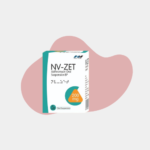
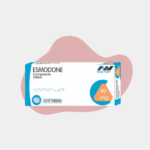
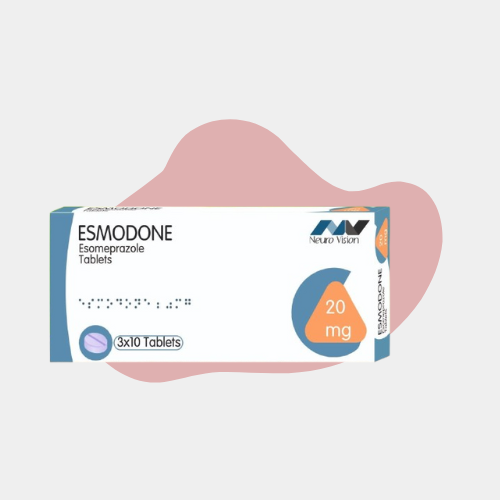

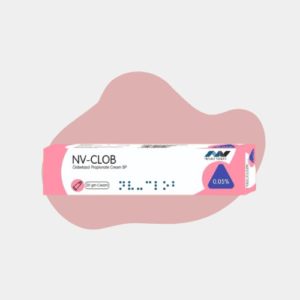
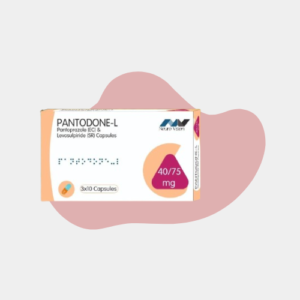

Reviews
There are no reviews yet.